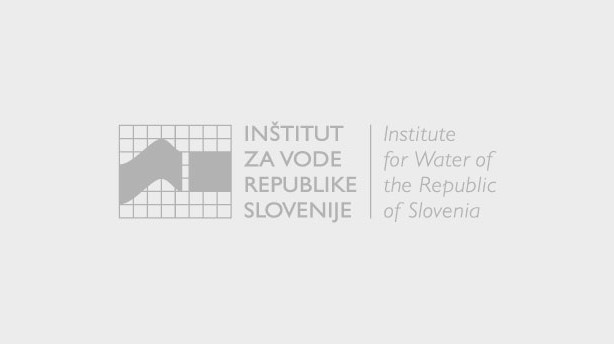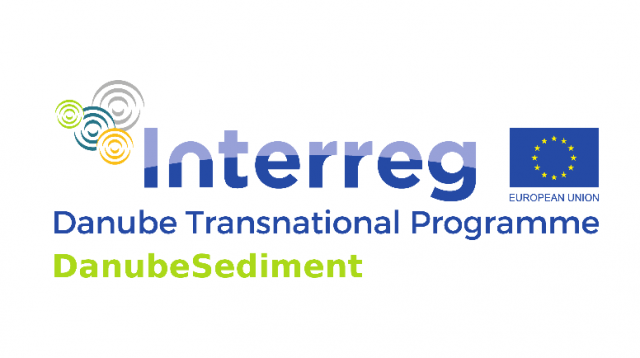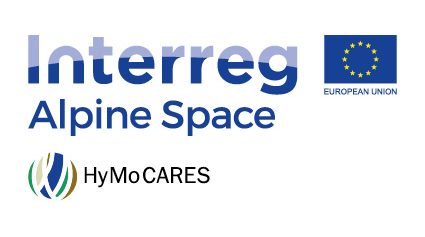General information about the project
Full project title: Danube Sediment Management – Restoration of the Sediment Balance in the Danube River
Project title in Slovenian: Upravljanje s sedimentom na povodju Donave
Project acronym: DanubeSediment
Project code: DTP1-1-195-2.1
Programme: Interreg Danube Transnational Programme
In the Danube Basin an increasing discrepancy between surplus and lack of sediment can be observed. This leads to an increase of flood risks and a reduction of navigation possibilities, hydropower production and biodiversity. Thus, sediment transport and sediment management are urgent issues, which can only be treated in a transnational basin wide approach as sediments don’t regard administrative or political borders. The lack of sediment management has been recognized by the ICPDR in the Danube River Basin Management Plan in 2009 and 2015. Thus, the main objective of this project is to improve Water and Sediment Management as well as the morphology of the Danube River. To close existing knowledge gaps, sediment data collection will be performed providing information to the sediment data analysis and will lead to a handbook on good practices of sediment monitoring methods. Furthermore, a baseline document on the Danube Sediment Balance will be prepared, which explains the problems, which arise with sediment discontinuity negatively influencing flood risk, inland navigation, ecology and hydropower production. Possible answers to these problems will be provided by a catalogue of measures. The main outputs of the project are the first Danube Sediment Management Guidance comprising measures to be implemented and a Sediment Manual for the stakeholders consisting of approaches how to implement the measures, which deliver key contributions to the Danube River Basin Management Plan and the Danube Flood Risk Management Plan. By a better and sustainable sediment management in the Danube Basin, improved navigation conditions, reduced flood risks, enhanced ecological status and durable hydropower production will be obtained. Furthermore, International Stakeholder Workshop, training 100 experts, will be organized to reach the target groups and users of the project results as well as to establish an efficient interaction with them.
Project consortium consists of 14 project partners from eight EU countries and two partners from Serbia. Lead partner is Budapest University of Technology and Economics. Beside partners there are 14 organisations involved in project as Associated Strategic Partners.
IzVRS will contribute to work packages (WP) 2, 3, 4, 5 and 6 with the emphasis on the WP 5, where pressures and measures addressing those pressures regarding sediment management will be identified in order to develop sustainable sediment transport. Required data to analyse Drava and Sava Rivers as one of Danube Rivers’ main tributaries will be provided together with existing knowledge and experience at other work packages. In WP 2, IzVRS, together with other project partners, will present and disseminate results and conclusions of the project at the national level.
Slovenian Water Agency is one of 14th associated strategic partners and its role is to establish connection between the project and the users of the project results in Slovenia.
Project duration
01. 01. 2017 – 30. 06. 2019
Up-to-date information can be found under
Slovenian associated strategic partner
Slovenian Water Agency (DRSV)
Keywords
About the project
Total project budget
3.558.581,62 EUR
ERDF co-financing
2.827.421,16 EUR
IPA co-financing
197.373,19 EUR
Own contribution
533.787,27 EUR
Total IzVRS budget
172.496,40 EUR
ERDF co-financing (85%)
146.621,94 EUR
Own contribution – MESP (15%)
25.874,46 EUR
Project manager
Peter Suhadolnik
Project staff
Luka Javornik, MSc.
Sašo Šantl, MSc.
Contact
Peter Suhadolnik
00386 1 4775 331
Luka Javornik
00386 1 4775 364




